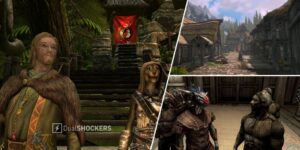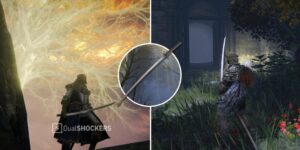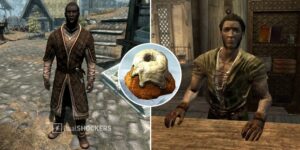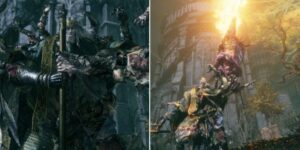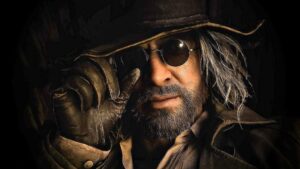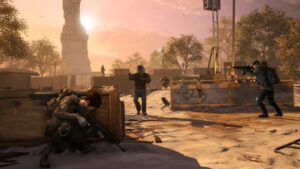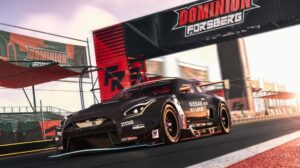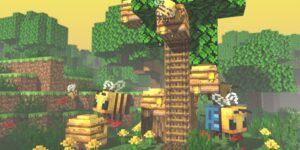When news of the Elden Ring Game Boy Demake dropped a couple of weeks ago, I was drawn to it, pulled towards its glow like a Tarnished helplessly following the wispy luminescence of the Guiding Light. Having completed Elden Ring some weeks ago, I felt burned out by the sluggish late stages of the game, and have been enjoying not putting myself through any kind of Soulslike gauntlet, engaging instead in games that actually feel like they want me to complete them. Make no mistake, I’m FromSoft ’til I die and die and die again, but even the most passionate relationships need some elasticity.
And yet, when I saw this old-school Zelda-looking demake, released on Itch.io by indie developer Shin, my flame of ambition was reignited. I knew it was only the early parts of the game – Limgrave and Stormveil Castle, up to Godrick – but who wouldn’t relish the opportunity to once again take down the tyrannical despot who compensates for his lack of prowess by stitching the arms of poor Tarnished wanderers to himself? I’d happily topple the bastard again, even if it’s in 8-bit form.
I downloaded the game, ran it through Retroarch, and can say that it’s actually pretty good! Its intent to be as punishing as Elden Ring Proper was made clear as soon as I ran into the Grafted Scion – a boss who you’re very much meant to die to at the start of the game (which I duly did).


Upon spawning in Limgrave, it was nice to see the game piling in some of the familiar faces from the Elden Ring early game, complete with shortened (but still wholesome) dialogue. The sorceress Sellen is hanging out in a basement you pop into, Kenneth Haight is rambling on about the tyranny of Godrick and how ‘plum mad’ he is (great expression), and you know exactly what to do when you run into Warrior Jar Alexander. The witch Ranni is there too, complete with her scarred closed eye; for such a limited graphical framework – this game is designed to run on actual Game Boy hardware – the attention to detail is impressive.


But once I got past the procession of friendly faces and into the combat, things got rough. In fact, the very first combat encounter in the game is probably the hardest, even though it’s against two lowly soldiers who you’d make quick work of in the main version. You see, even though you have a fancy dodge-roll where you do a kind of no-hands cartwheel through the air, it doesn’t seem to give you those precious invincibility frames (i-frames). That makes the enemy sword swings – which have a malicious 90-degree arc a lot like Link’s swing in the early Zelda games – extremely hard to avoid.


A good 10 deaths later, I thought to myself ‘screw these guys,’ sprinting straight past them like a true FromSoft player to see what awaited me inside the gates of Stormveil.
If the first part of the Elden Ring demake is like Link’s Awakening, then the second part is Zelda II, as the game switches to a side-scrolling perspective that works much better for it. Your dodge gets replaced with a jump button, and suddenly you’re evading projectiles, getting behind enemies, and getting into a nice rhythmic flow that the overhead perspective didn’t offer.


Slashing my way through Stormveil, my confidence grew as I picked up a few power-boosting runes (that I’m still unsure actually did anything) and defeated the castle’s denizens. In true Elden Ring spirit however, just as you start getting into a groove, the game escalates its attempts to ‘Extinguish thy flame.’ Before long, I arrived at my first big test: Margit, The Fell Omen – in all his great big pixel-blocky glory.
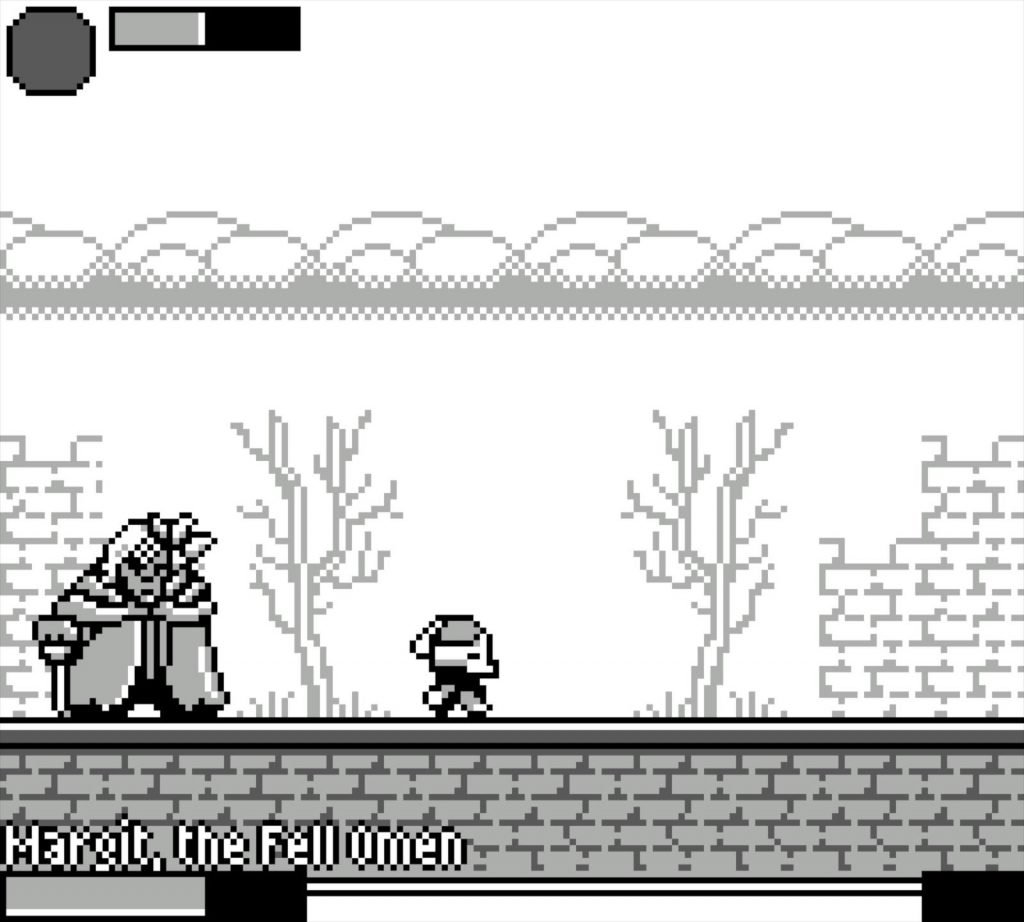

Mercifully, his movesets are more predictable than in his original form, and nicely adapted to the Game Boy format. The Demake does a great job of capturing that hypnotic rhythm of an old-school 8-bit boss fight, and once I tapped into that headspace – deftly evading his daggers and formidable hammer smash – Margit was no more.
In an interesting reflection of Elden Ring lore, the Godrick fight a couple of screens later was actually easier than the Margit fight. He certainly looks the part – spindly pixel arms extending from a grotesquely broad back, the dragonhead hand, the creepy small head – but the fight felt indicative of the cravenly character Godrick is said to be. Again, you need to get into a bit of a groove as he rains fire down from above and from his axe (hint: hit him a lot after he brings his axe down), but I managed to best him first time.


It was an apt end for Godrick – a deluded fool far removed from the divine blood of his distant ancestors and hardly worthy of the demi-godhood he ascribes himself. Margit was decidedly the tougher fight, which of course fits with what we later learn he’s a much more important figure in the whole Elden Ring mythos than he lets on.
The end of Godrick marks the end of the demake, and I have to admit that it opened up those FromSoft neural pathways that I’ve kept shut since completing Elden Ring. Unfortunately, it looks developer Shin might not be expanding on this charming little iteration of Elden Ring any time soon. In response to a request to further build out the game, Shin said:
“I need to find an actual job instead of working on this game,” developer Shin writes. “I would like to expand the game in the future, but no promises.”
And maybe that’s for the best. FromSoft games take it out of me, and each time I complete one I need some decompression time from the gruelling journey they take me on. The Lands Between are a special place, but a place that I want to reflect on before returning to any time soon – even in 8-bit form.


